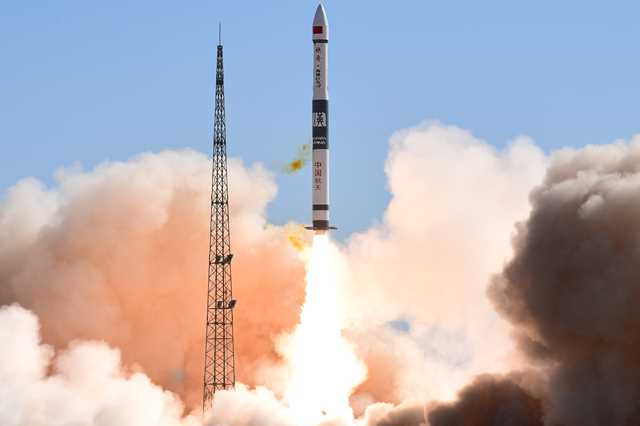Satellites mark start of space network


In the next step, 12 Xingyun 2 satellites will be launched to join the first two and then establish a small system for trial runs.
In CASIC's plan, the Xingyun network will have about 80 low-orbiting, narrow-band communications satellites when it is completed around 2023 and will provide global coverage to users by that time.
Once it is operational, the network will offer users, round-theclock access to the internet of things, which will bring numerous advantages to users ranging from better control of their devices and higher operational efficiency to optimized utilization of resources, according to the State-owned conglomerate.
Currently, the growth of the internet of things is largely constrained by insufficient coverage through conventional communications infrastructure, which globally reaches only 20 percent of lands and 5 percent of seas, researchers from CASIC said.
























